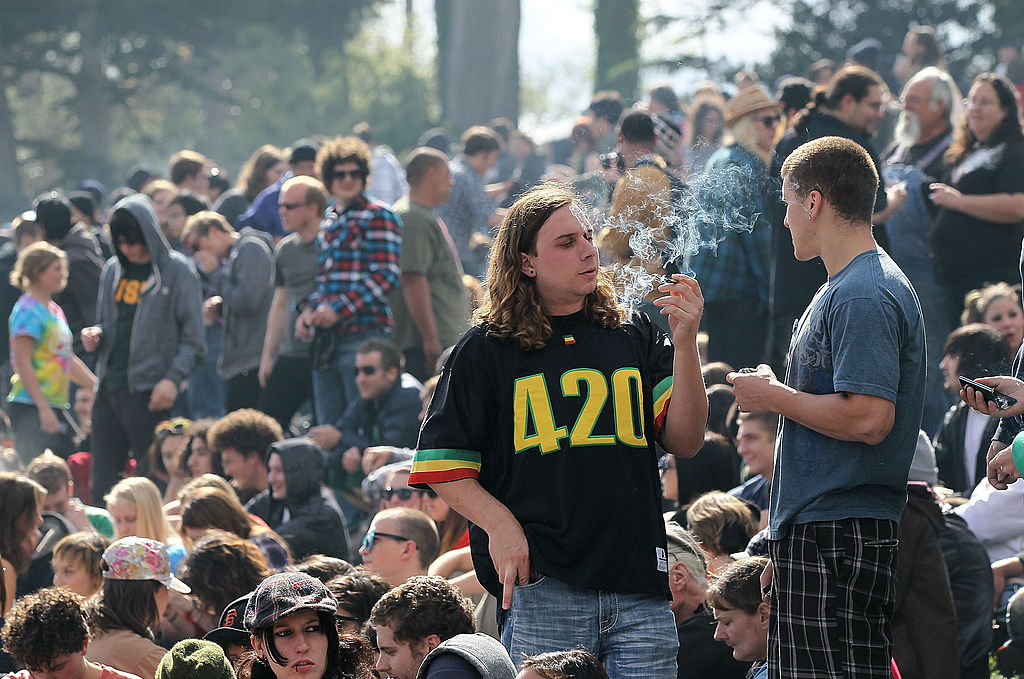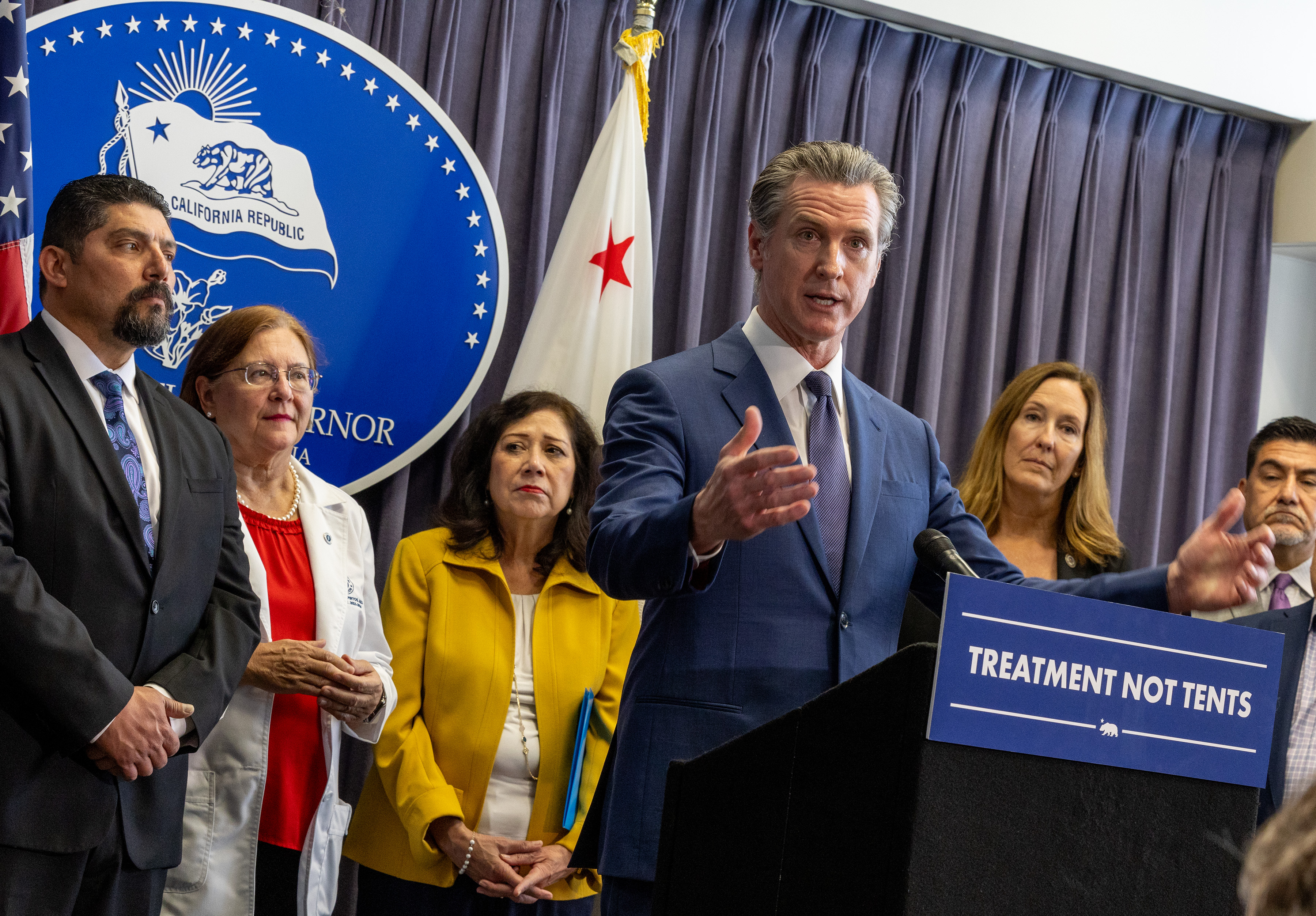When big companies get caught breaking the law, a robust investigation (and a lot of lawyers) can ensure that they pay big fines. It's not common, but we saw it when Sysco, the nation's largest food distributor, paid nearly $20 million to settle a lawsuit for storing food in unrefrigerated sheds. And we saw it this month when regulators fined PG&E a record $1.4 billion for the San Bruno gas pipeline explosion.
But who exactly gets those millions and what do they do with it? The answer is actually not too surprising: it depends.
State law usually spells out where the money should go, so it depends heavily on the legal violation at issue, and also what kind of legal action is used to get that money.
Let's look at a couple of examples.
Sysco
When Sysco was fined, it started with a lawsuit from a state regulator but was carried out by a team of district attorneys. State law dictates that most of the money goes to the DA offices involved.
Local
In 2013, the Investigative Unit discovered that Sysco was storing food in dirty, unrefrigerated storage sheds. Just a few days later, inspectors from the California Department of Public Health confirmed the findings:
Inspectors found evidence of food storage at the sheds, which were un-permitted and not suitable for food. They said Sysco acknowledged it kept these sheds hidden from the state for years. Inspectors found rat droppings, insects and other unsanitary conditions inside the sheds.
Ultimately, Sysco was sued by the "California Food, Drug and Medical Device" task force. The name sounds like it's part of the state Health Department, but it's actually a huge team of state attorneys from ten separate county offices.
[[267554391, C]]
The case was settled and the parties agreed to a penalty of just under $20 million. A little over $3 million helped fund food state food inspection and $1 million went to food banks. But the rest of that money, about $15 million, is split equally between the ten DA offices involved. By law the money can only be used for "consumer protection," but in an email, Santa Clara Deputy DA Francisca Allen told us that the bills have already been racking up:
These consumer cases can get so massive that outside agencies are needed to manage the millions of documents involved and there is of course a cost to that. There are travel expenses for investigators, attorneys and paralegals for depositions and meetings with other agencies, target companies and witnesses....I could go on and on describing the expenses of investigation, prosecution, and litigation.
PG&E
When gas pipelines owned by Pacific Gas and Electric exploded in San Bruno four years ago, they killed eight people and destroyed more than 35 homes. Judges found that PG&E had committed more than 3,700 separate safety violations over several years.
Earlier this month, judges hit PG&E with a combined penalty of $1.4 billion, by far the largest ever safety-related penalty issued by the California Public Utilities Commission (CPUC). Most of the penalty, $950 million, will go to the state's general fund. The rest must go into pipeline repair and upgrades and can't be paid for by raising rates on customers.
In July, the CPUC proposed a much larger fine of $2.25 billion. Only $300 million of the total would have gone into the general fund. Even at that number, it would have been an historic fine. The rest would have gone toward pipe safety.
This pleased the city of San Bruno, which wanted all fines to benefit the city directly rather than to go the state. And it pleased advocates like The Utility Reform Network (TURN). State Sen. Jerry Hill, who represents the San Bruno area, said the solution was "reasonable, fair and serves the interests of the people."
That was then and this is now. The judges reduced the expected fine and flipped it on its head, setting aside the vast majority of the money for the state.
Sen. Hill told me the he thought the decision was "shocking and outrageous."
"We’re the ones who suffered," he continued. "We have to now pay for a system that we expected to be functional and safe. All the money should have went to ratepayers in the area."
However, the decision is far from final. A pair of administrative law judges wrote the decision, but now it gets kicked upstairs to the full five-member Public Utilities Commission for a vote.
We're now in a 30-day waiting period where the parties can appeal. PG&E has signaled its intention to appeal as has TURN. Insiders expect the city of San Bruno to file an appeal as well, but don't expect any specifics right away. For strategic reasons, it's likely that nobody will actually file the appeal until the 11th hour. That won't come until Oct. 2.
And there's no specific deadline for a Commission vote, so there's likely to be some more delays. Some insiders have told me they don't expect full resolution until 2015, but most think a vote will occur some time this year.
Does it Work?
Now that we know where the money goes, it begs a bigger question: do big corporate fines work? After all, fines aren't just a way to fill state coffers, they're supposed to be a detterent to future violations.
The New York Times has pointed out that many companies who find themselves in hot water are so massive that the fines amount to just a few days' worth of revenue. BP, for instance, paid the equivalent of eight days of revenue for the Gulf Coast oil spills:
So what about our companies, Sysco and PG&E? According to PG&E's shareholder reports, its yearly revenue is about $15.5 billion. So its penalty represents about 32 days worth of business.
On the other hand, Sysco is a national company with annual revenues of $44 billion. How long does it take Sysco to pay off its bills to California? A little under four hours.
This article is part of FrameShift, NBC Bay Area’s Investigative Blog. FrameShift writes on investigative reporting in California and expands the coverage of the NBC Bay Area Investigative Unit.



